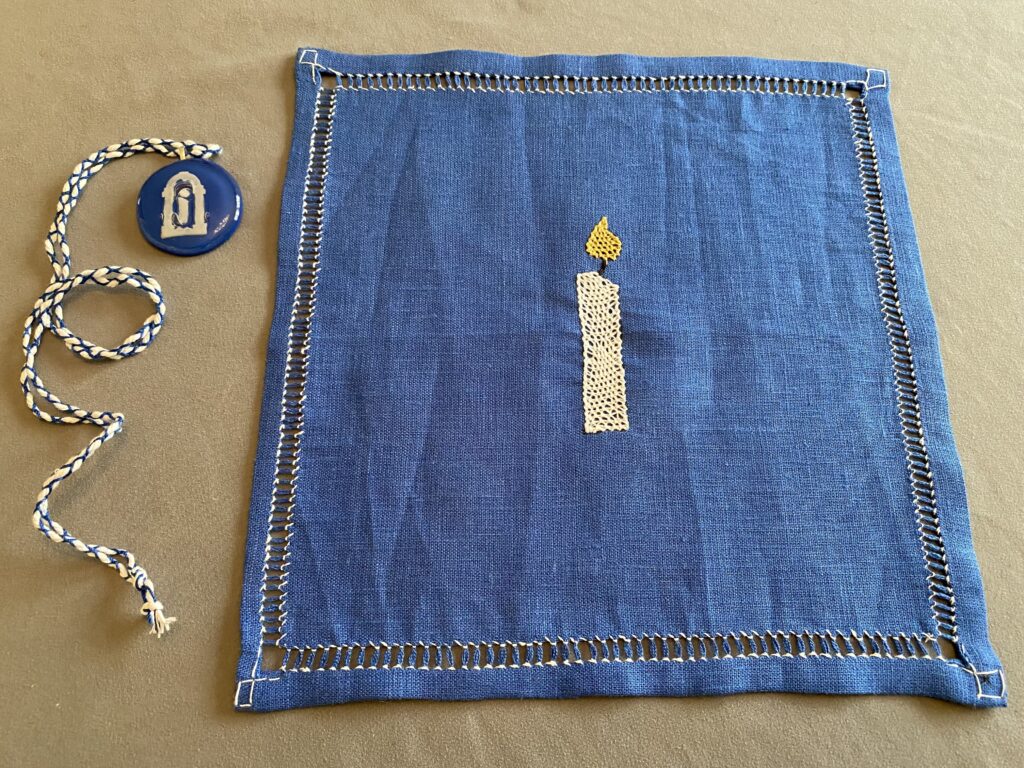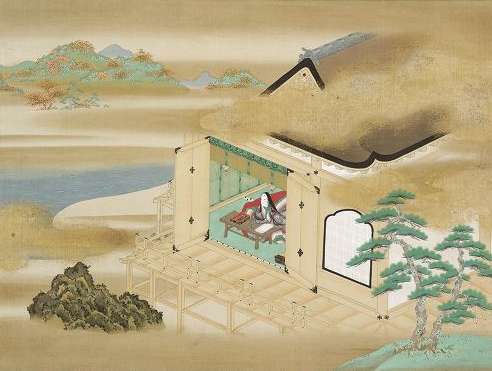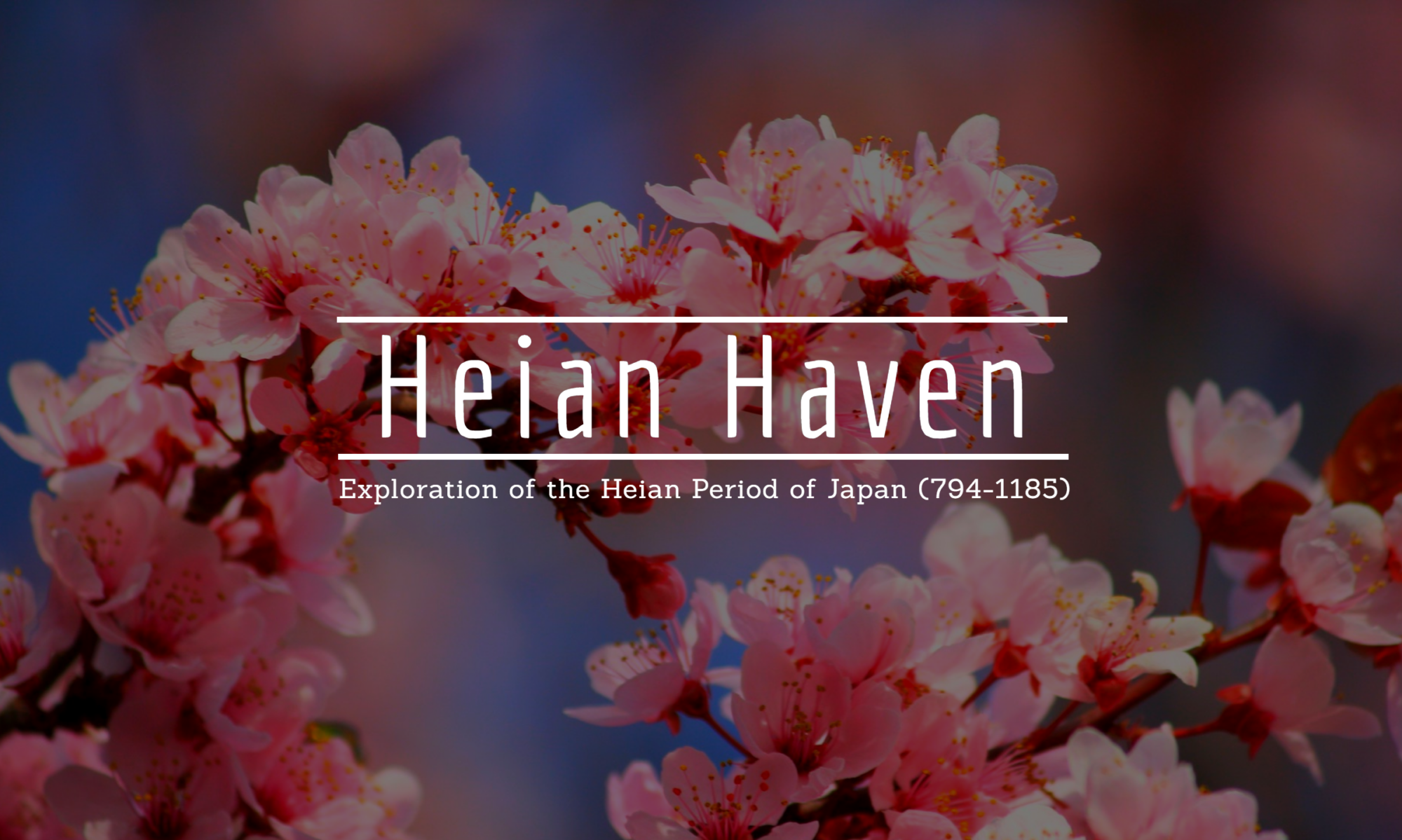2/23
Today I received tokens in the mail for my participation in A&S Champs. They’re gorgeous.

Work on my potential class continues. The information is rather limited by my lack of Japanese.
2/24
Received the wood for the ribs of the fan.
After weaving through the Baronial Craft Night, I now have several feet of cording complete. It’s nice to have tangible work.
I think I may have already hit the language barrier in the hair ornament research. I’ll need to reach out to the Facebook group to see if anyone knows more. And I still don’t have anything from a museum with actual dates.
I have a meeting with the Kingdom Minister of Arts and Sciences on Friday and there will be a live Meet the Champions panel on March 14 via zoom.
2/25
More weaving and researching hair ornaments.
2/26
A gauzy veil of Clouds obscure the wondrous sight Of a cold snow moon
Ascending she sheds the haze And illuminates the night
My meeting today was lovely. I have a greater understanding of the work I will be doing as Champion and feel much more comfortable in my new role. I’m looking forward to working with the MOAS office this next year, and beyond.
2/27
Show me loyalty Like the plum of Dazaifu Who took up her roots
And flew to her master in Exile. May she ever bloom.
Legend has it that the great plum at Dazaifu Tenmangu, a temple dedicated to the deified Sugawara no Michizane, Tenjin-sama, kami of scholarship, missed its master so much when he was exiled that it gathered its roots and flew from Heian-kyo (modern Kyoto) to Michizane in exile in Dazaifu. The plum, named Tobiume, still stands on the temple grounds and should be in bloom right now.
2/28
In the reflection Of the moon on Lake Biwa Murasaki dreams
Transported beyond rocky Shores the Tale starts to unfold
Another poem inspired by legend. Murasaki Shikibu, the author of the Tale of Genji, is said to have started writing the tale while at Ishiyama Temple after seeing the reflection of the moon in Lake Biwa. Many painters have captured the moment, here is one from Tosa Mitsuoki:

It is said that Murasaki’s hand was guided by Kannon, the Japanese Bodhisattva (Buddhist goddess) of mercy, while writing the Tale. Murasaki had gone to Ishiyama-dera after the death of her husband. Kannon is said to aid those in distress, and I can not imagine being more distressed than losing the father of your child and your station in one fell swoop.
3/1
I am disappointed with my progress over the past week. I’m fairly certain that I’m dealing with some let down over Ethereal Seamstress. We have not had our supplies arrive in enough time to actually complete the ensemble for the contest. I’m sending the official withdrawal this week. Maybe it won’t hurt as much a little later.
I’m continuing to make slow progress on both the cord for my Laurel and the Hair Ornament class. And I remain pleased with my progress toward 1000 Tanka.
Tomorrow the MOAS (Ministry of Arts and Sciences) will be releasing a series of challenges for the Laurel’s Challenge and Exhibition. I’m hoping to find a lovely challenge to meet. This contest is being held in May. I’m hoping one of my several projects will work. Fingers crossed!
3/2
What new distraction Can be discovered today Though things need doing
Procrastination tempts me But determination wins
Determination is paying dividends today. I’ve spent the day scouring museums, and managed to do a search that led me to the MET. There I found a large collection of kogai, A kogai is a hairdressing tool that is part of a sword mounting. The long slender implement is carried in a slot on the obverse of a katana scabbard, often with a matching kozuka (handle of a by-knife) in a slot on the reverse.. These kogai are all part of sword fittings called mitokoromono and some of them are within SCA period (pre 1600). And the most intriguing part about it to me, these are sword accessories. Meaning they were to be carried by samurai. Now samurai is closer to a caste than a job, so of course there are samurai women, and many samurai women carried swords and fought alongside their male counterparts, but the majority of sword carrying types would be male. Fascinating.

I’m delighted to have found something tangible for my class, and now feel like I will in fact be able to pull off a decent presentation in June. I had been a little discouraged after searching through almost 2000 images yesterday and only finding a comb box. Now I have a variety of comb and cosmetics boxes and several images of kogai. I have yet to find any extant Heian period hair ornaments, they may not exist, but I will keep looking.
I’ve made a list of the challenges (for the Laurel’s Challenge and Exhibition) that I may be interested in, and I’ve started to work out what I can do for them that is in line with my existing projects. I’ll need to decide and sign up no later than April 18, and the date for turning things in is May 16. You can read the list of challenges here.
Weaving continues.
